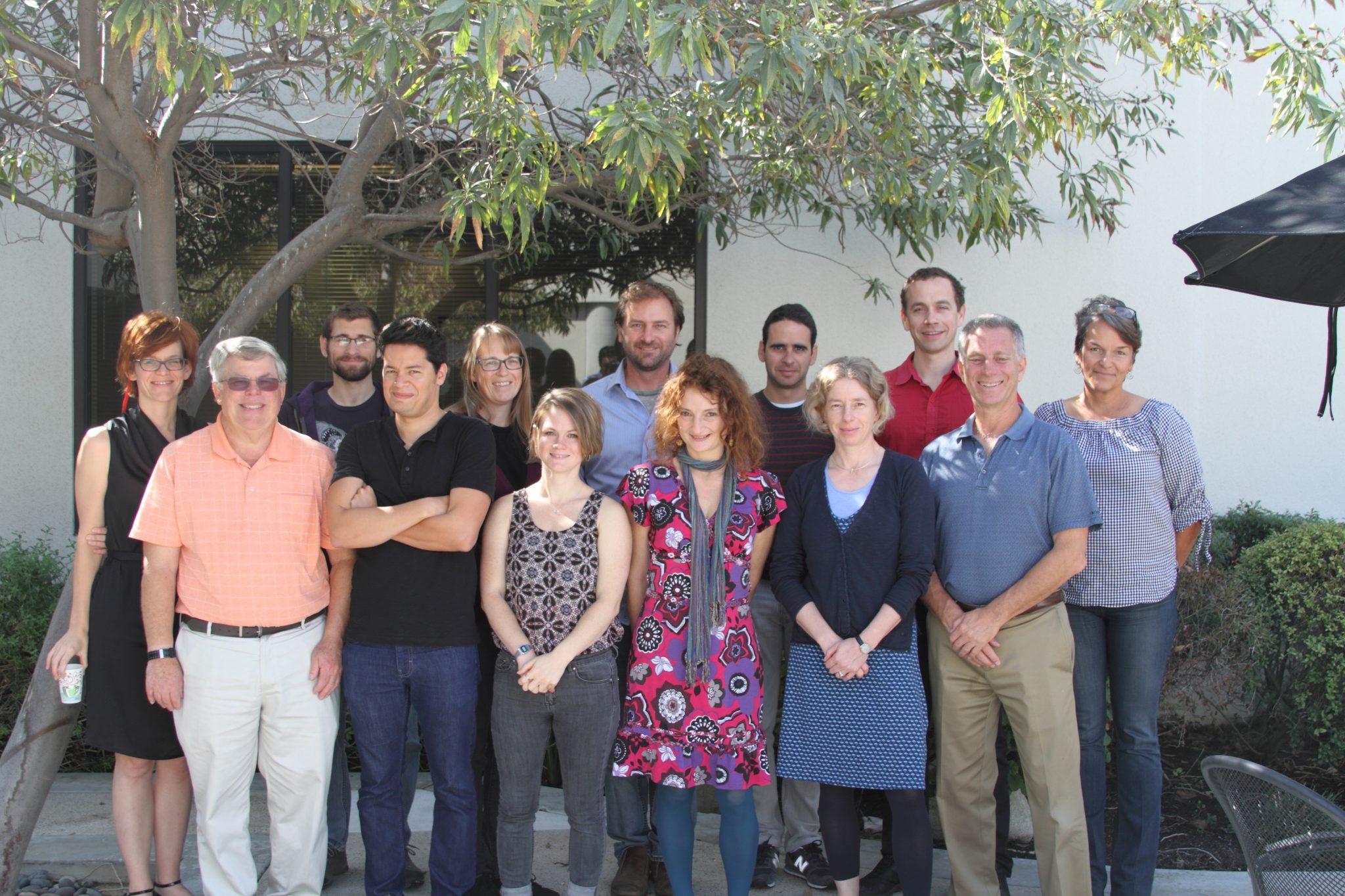International expert panel convened to develop acidification thresholds for pteropods
A 10-member panel made up of leading global experts on pteropods, or sea snails, convened at SCCWRP in September to develop consensus

around biologically relevant thresholds at which these ubiquitous marine calcifying organisms are affected by ocean acidification (OA).
During three days of deliberations, the international pteropod panel reached consensus on the thresholds at which various specific environmental conditions linked to more intensive OA in the California Current Ecosystem are expected to trigger specific adverse effects in pteropods and similar calcifying organisms.
Pteropods, which depend on minerals in seawater to form their highly soluble calcified shells, are sensitive to changes in seawater chemistry, enabling them to serve as early-warning indicators for how OA can be expected to impact the health of marine ecosystems.
The international pteropod panel is the first of three expert panels that will be convened and facilitated by SCCWRP and its partners over the next few years. Researchers’ goal is to use the consensus opinion of experts to develop an interpretation framework that coastal resource managers can use to glean ecologically relevant insights from the copious data they collect via chemistrybased measures of OA, including measuring seawater pH.
During its deliberations, the pteropod panel agreed that the most relevant OA chemical parameter for assessing impacts to pteropods is aragonite saturation state, which reflects the concentration of a dissolved mineral called aragonite in seawater.
Additionally, panelists reached consensus on which key biological processes in pteropods – including shell dissolution, egg development and mortality – are critically impacted at specific aragonite saturations state thresholds. Panelists also agreed on the critical magnitudes and durations of exposure at which pteropods exhibit increasing levels of adverse biological effects, and identified data gaps and priority future research to address these gaps.
Finally, panelists developed recommendations on how to apply their recommended biological endpoints to existing OA monitoring data and computer models that track and predict OA conditions.
A group of West Coast ocean modelers, including SCCWRP, is planning to immediately use the panel’s recommendations to interpret the outputs of a state-of-the-art, high resolution model that predicts which West Coast habitats and marine communities will be most vulnerable to the impacts of corrosive conditions. Coastal resource managers will be able to use this West Coast OA model to better protect and minimize ecological damage to vulnerable areas during critical periods.
The pteropod panel will draft a review article summarizing its consensus findings and recommendations that will be submitted to a peer-reviewed journal next year.
For more information, contact Dr. Nina Bednarsek.
More news related to: Climate Change, Top News